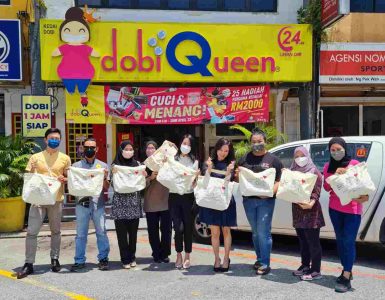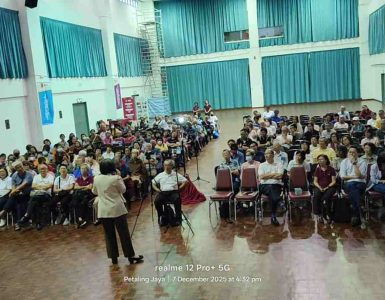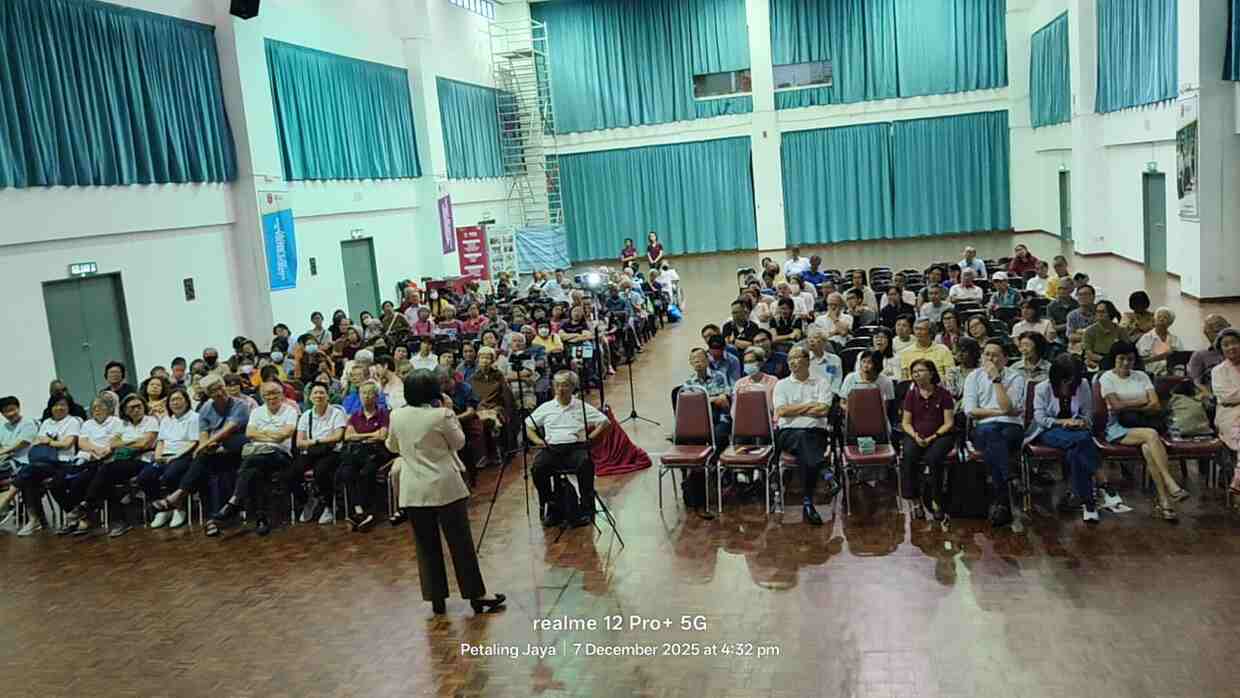
Dato’ Seri Sundarajoo Somu, Executive Councillor for Housing and Environment in Penang, boasts a successful career marked by dedication and persistence.
With over three decades of experience and notable tenures at organisations like EcoWorld and SP Setia, the 61-year-old brings a wealth of expertise to shaping Penang’s housing and environmental policies.
In this first part of an exclusive interview, Sundarajoo, known for his friendliness and approachable manner, shares his vision, strategies, and commitment to creating a balanced future for Penang’s residents while preserving its natural beauty and heritage.
Vision for progress with preservation
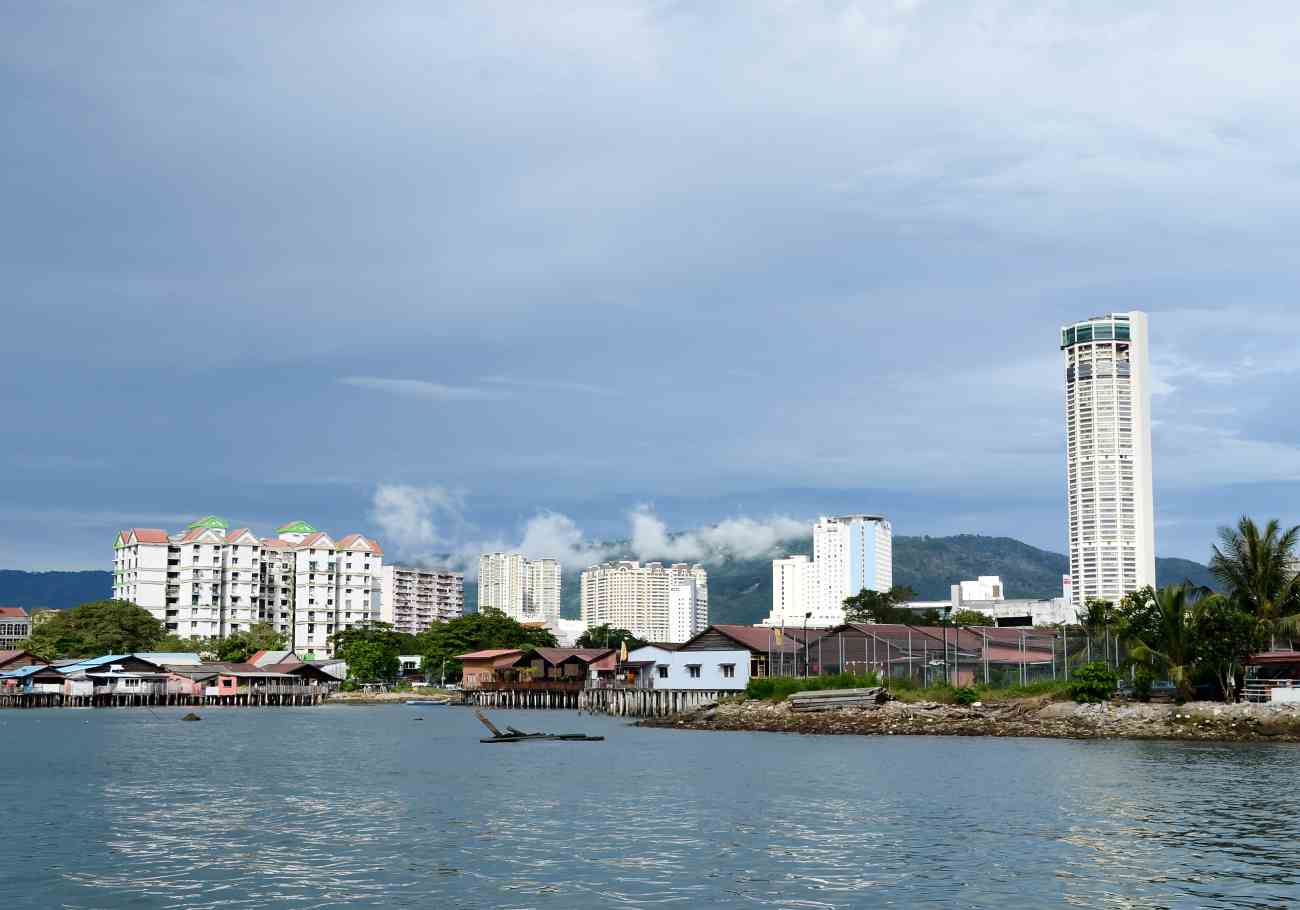
As the State Exco for Housing and Environment, Sundarajoo handles a multifaceted portfolio, ensuring a balance between providing affordable and quality housing for Penang’s residents and maintaining environmental, cultural, and architectural heritage.
His key focus areas include housing development, environmental conservation, sustainability initiatives, community engagement, regulatory oversight, budget management, and emergency response.
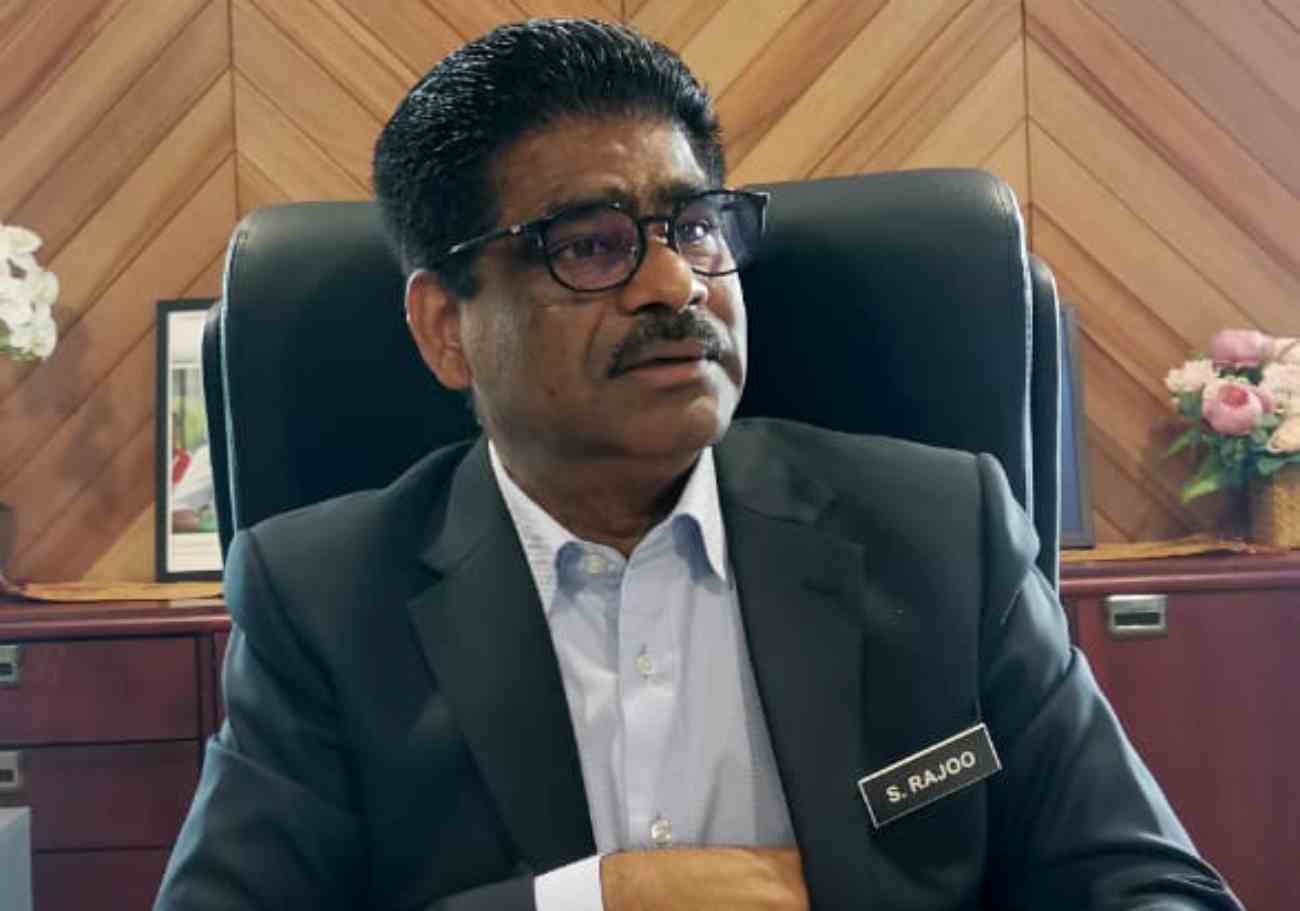
Sustainable development is a cause close to Sundarajoo’s heart, emphasising eco-friendly practices and environmentally responsible projects. His tenure at EcoWorld, renowned for its commitment to sustainable development, has equipped him with a strong background in environmentally friendly practices.
“As the State Exco for Housing and Environment in Penang, my role is both challenging and rewarding, as I am entrusted with a wide range of responsibilities related to housing, environmental conservation, and sustainable development within the state.”
Sundarajoo: Multi-pronged approach on housing challenges
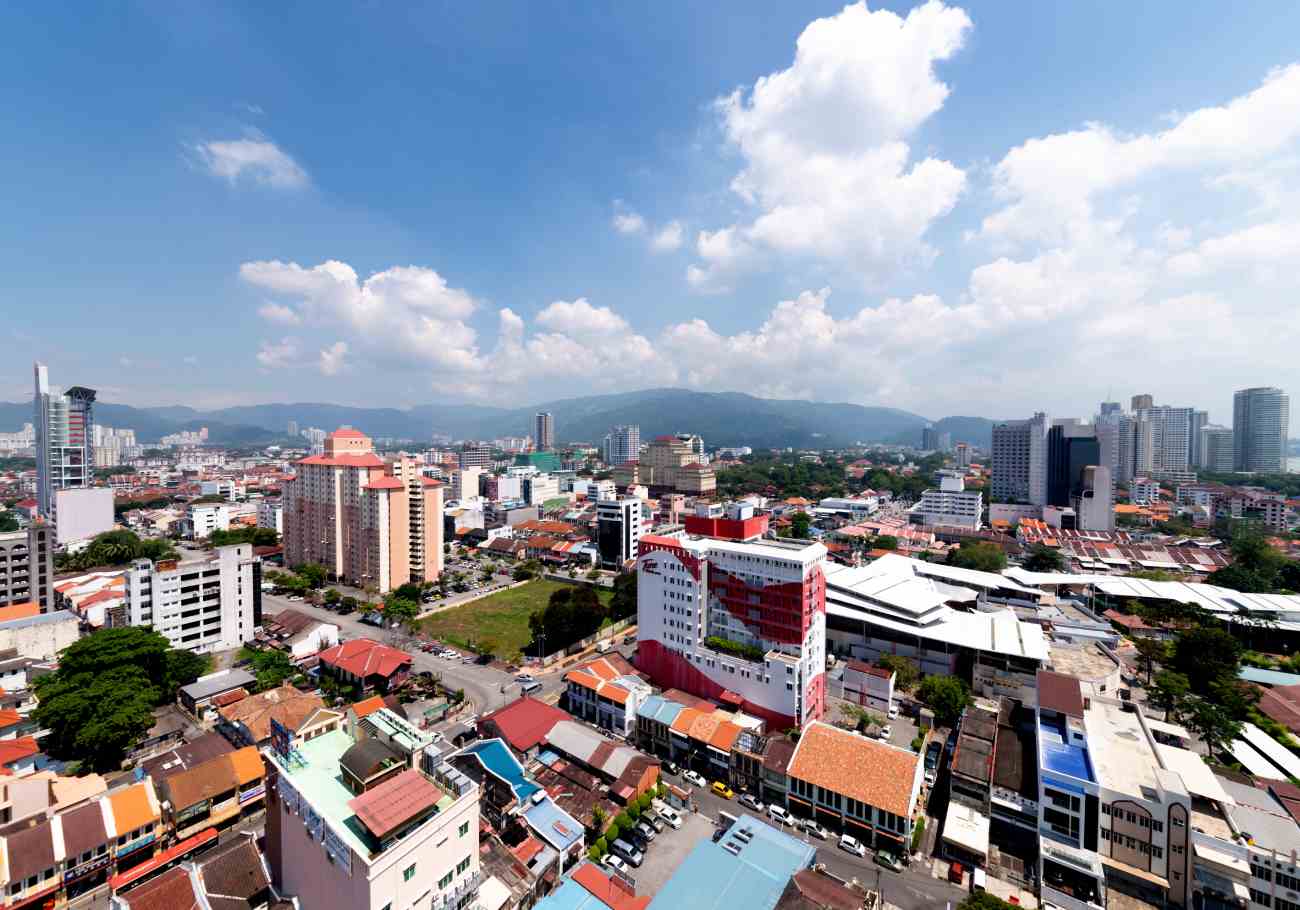
To address the interplay of housing and environmental concerns, Sundarajoo plans to enact comprehensive township planning. This involves prioritising green plot ratio, green spaces, preserving natural habitat, and minimising the ecological footprint of new developments.
“New housing developments will be required to incorporate green spaces when they submit their plans for approval”, he clarified. “As for existing projects, we encourage property owners and developers to adopt eco-friendly retrofits, such as energy-efficient lighting, water-saving fixtures and green roofing to reduce the environmental footprint of older structures.”
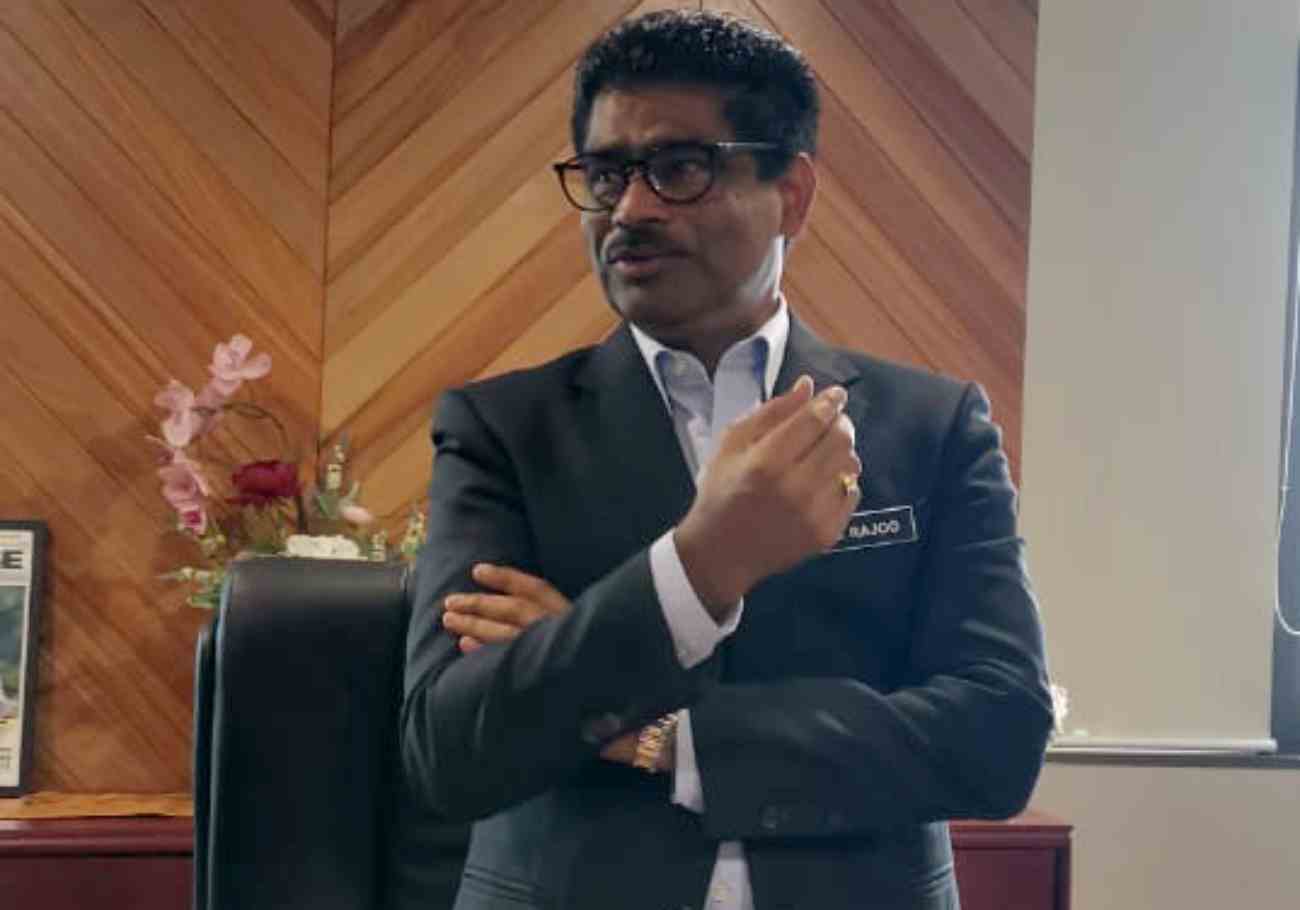
The Penang Affordable Housing Master Plan, led by the Penang Housing Board, aims to provide 32,992 affordable housing units. Under the People Housing Programme (PPR), rental units are available for as low as RM124 monthly.
Sundarajoo introduced the HOPE (Housing Outcome Performance Committee) system to streamline the process of offering affordable housing units. The Low-Cost (LC) and Low Medium Cost (LMC) Construction Policy mandates new developments to include 30% LC and LMC in their plans. Further division of LMC into B1 and B2 categories is based on household income.
Refinements, incentives, and partnerships
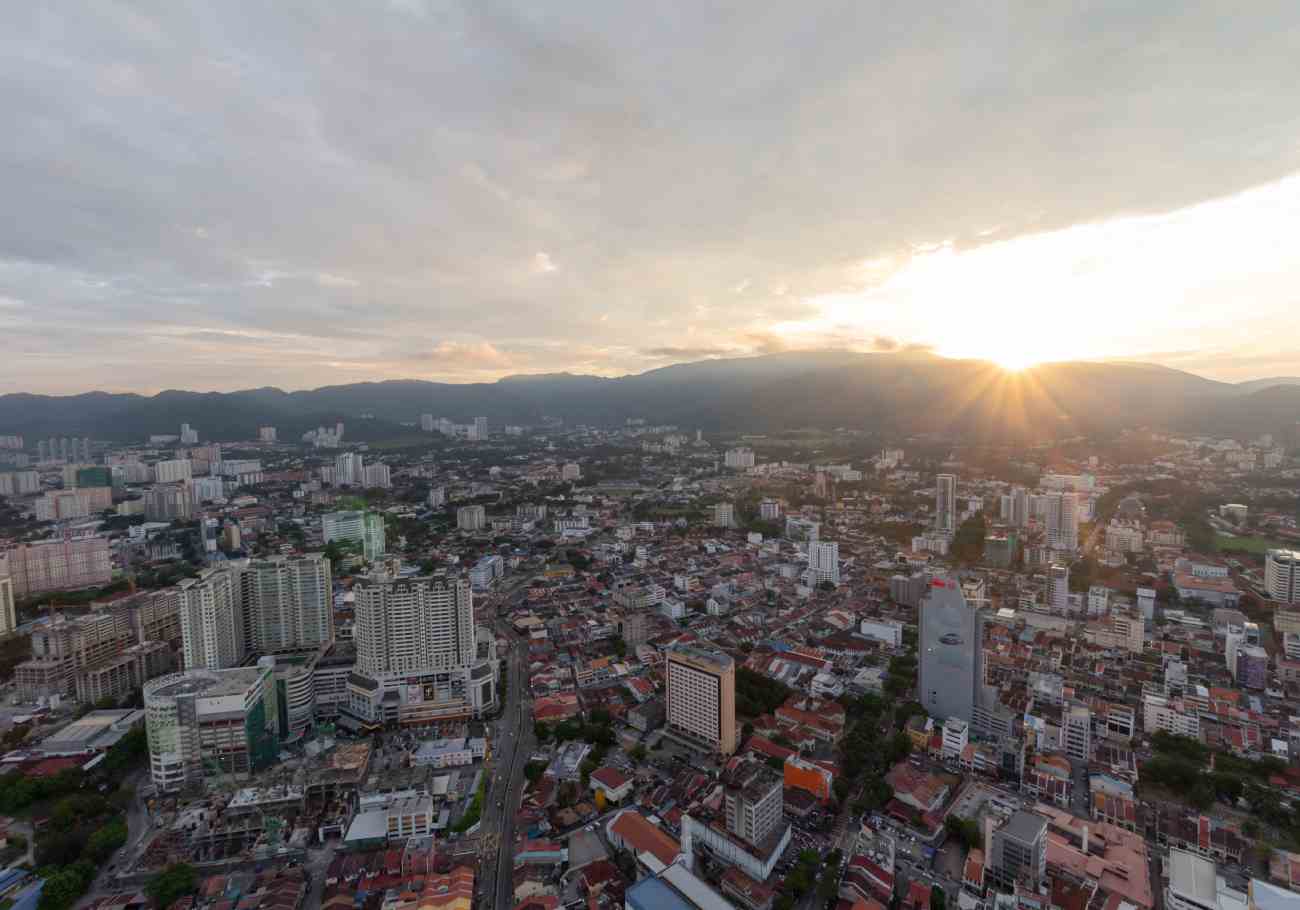
Currently, there are 152,263 affordable housing units in various stages of development, with 50,700 completed, 20,249 under construction, and 81,314 in planning. Fourteen projects under the “100% Affordable Housing Policy” set a ceiling price of RM300K per unit on the island and RM250K on the mainland.
To address high loan rejection rates, the state government implemented a Rent-to-Own (RTO) scheme, targeting 22,000 units by 2030. Sundarajoo aims to refine policies, support sustainable development, and ensure regulatory compliance.
“I will also provide input for the Land Use Planning and Zoning, as it requires some modifications to support more sustainable development. A thorough understanding of regulatory processes and compliance is crucial to ensure that housing and environmental policies adhere to legal requirements.”
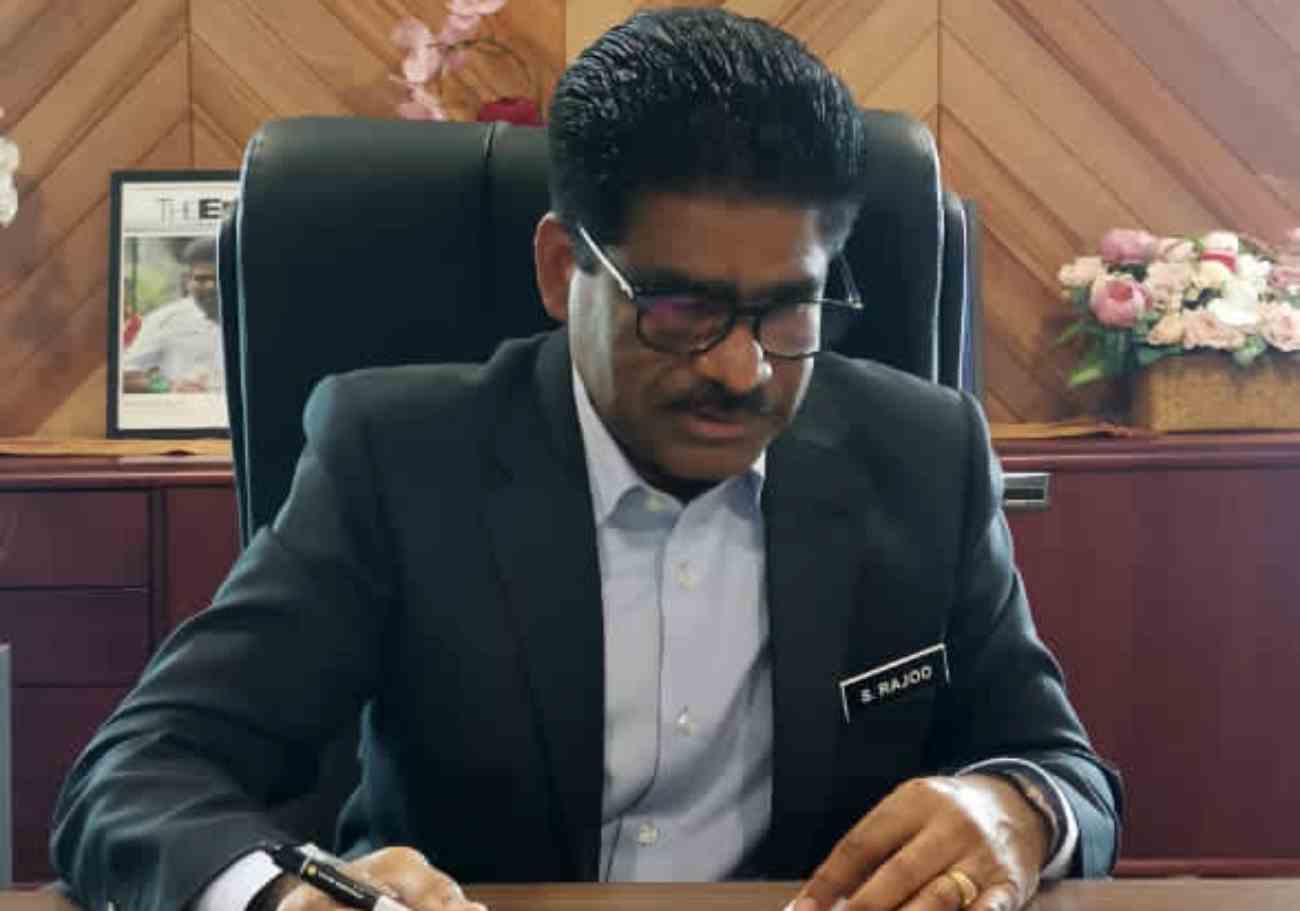
He advocates controlled property speculation for market-rate properties, emphasising affordability for residents. Stringent requirements prevent unqualified individuals from purchasing homes categorised as affordable housing.
To incentivise affordable housing construction, Sundarajoo supports reduced development charges and infrastructure charges, along with fast-tracked approvals. Public-Private Partnerships, where state-owned land is jointly developed, are encouraged.
Traffic Impact Assessment (TIA) considerations aim to address worsening congestion, especially in developments categorised under RMM B, where a floor area ratio of 1:4 allows controlled development to support infrastructure and amenities adequately.
Sundarajoo: A roadmap for centralised quarters in Penang
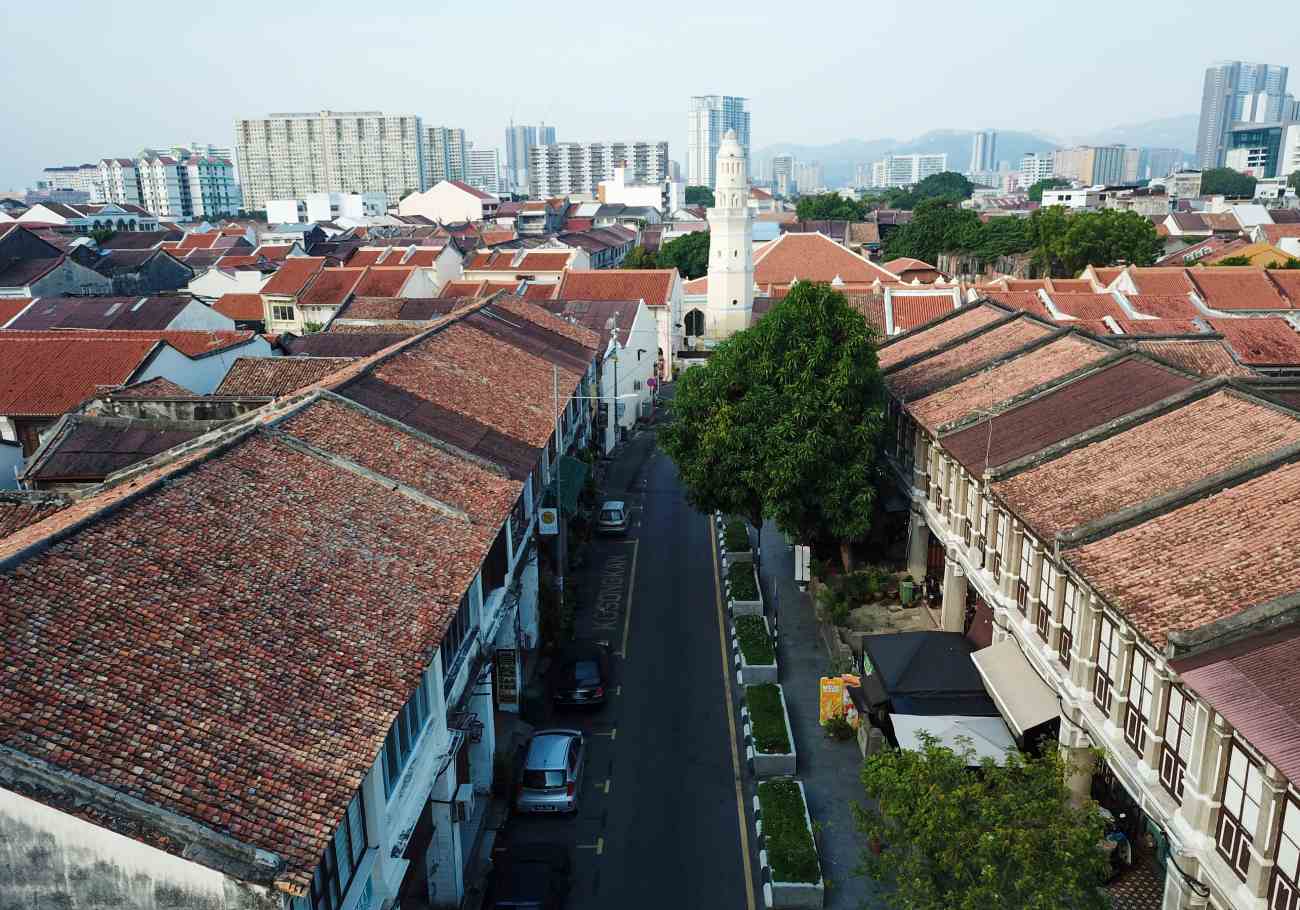
Addressing housing concerns for foreign workers in Penang, Sundarajoo suggested converting low-occupancy or abandoned government flats into workers’ hostels.
Acknowledging the lack of well-managed dormitories despite being a hub for Electrical and Electronics (E&E) manufacturing, he proposed allowing foreign workers to reside in flats with less than 30% occupancy as a short to medium-term measure.
Once Centralised Labour Quarters (CLQ) are ready, workers can relocate there, and flats can be converted back into housing for the B40 and M40 groups. Foreign workers are protected under the Workers’ Minimum Standards of Housing and Amenities (Amendment) Act 2019 (Act 446).
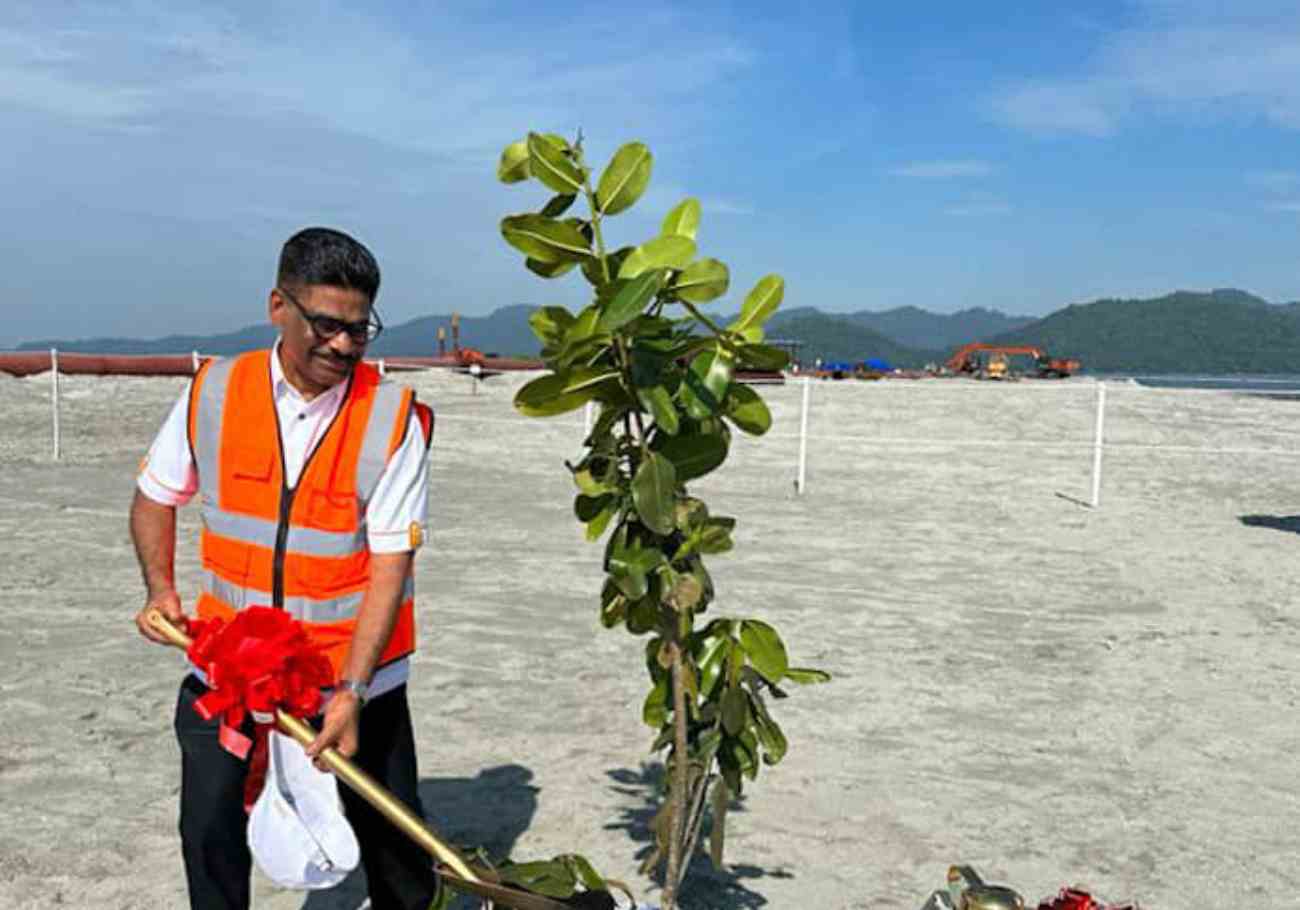
Sundarajoo also addressed “modification packages” offered to public housing buyers, expressing concerns about their prevalence. He plans to regulate transparency by making it compulsory for developers to disclose cost details and options for standard and modified packages.
Pricing regulations or caps will be set to prevent excessive overcharging, with consideration of a potential blanket ban on upgrades or renovation packages. Any desired renovations by purchasers can be applied for through the LPNPP.
Sundarajoo’s leadership in Penang reflects a commitment to a balanced and sustainable future. Through visionary strategies in affordable housing, environmental conservation, and regulatory oversight, he aims to create a vibrant and inclusive living environment for Penang’s residents.



